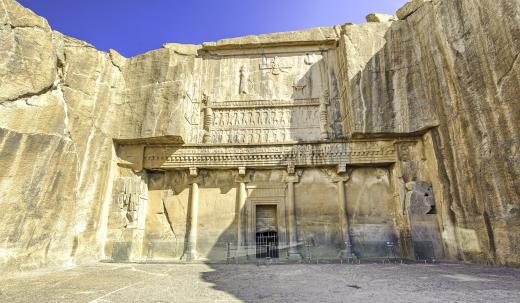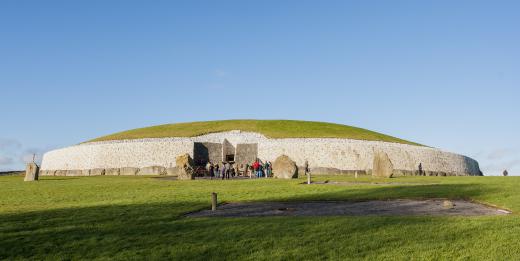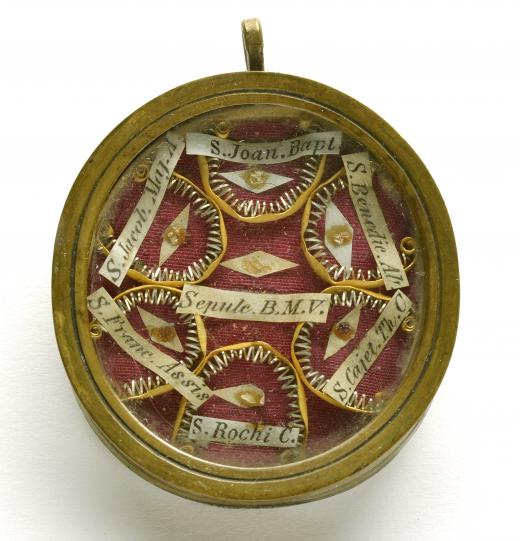What Are the Different Types of Archaeology Software?
Archaeology software is one of a wide range of tools used by archaeologists in their quest to understand the history and prehistory of human culture. Archaeologists use special software to plot the locations of archaeological sites, calibrate radiocarbon dates and keep track of the relationships of artifacts. Archaeology software can be just as important a tool for an archaeologist as a trowel or brush.
Geographic Information Systems (GIS) are one of the most important types of archaeology software. A GIS program stores data about the location of sites, artifacts and terrain features, allowing the archaeologist to generate maps that visually display the relationships between them. GIS software can also help with other types of analysis, such as viewshed analysis, in which the archaeologist examines the lines of sight that connect different points in the landscape.

GIS programs are not solely a form of archaeology software. Many other professions make use of this type of software. Nonetheless, GIS programs play such an important role in modern archaeology that they must be considered a major tool of archaeologists.
Radiocarbon dating is an important technique by which archaeologists determine the age of organic remains such as wood, bone, leather or other plant or animal tissues. By measuring the amount of radioactive Carbon-14 in an object and comparing it to that isotope's known rate of decay produces an estimate of the age of the object. This raw estimate must be calibrated in order to produce a range of possible calendar dates for the item. To calibrate the dates, archaeologists use any of a number of pieces of archaeology software designed to calibrate the dates. Many of these, such OxCal, produced by the Oxford Radiocarbon Accelerator Unit, can also perform further statistical analysis on dating evidence to narrow the range of dates.

When investigating a site, archaeologists study also its stratigraphy, the spatial relationship between excavated objects. Knowing which objects are above or below each other in the site's layers, or strata, helps the archaeologists to establish a chronology, or timeline. The stratigraphic relationship between objects can sometimes be complicated. In cases like this, a stratigraphic plan helps clarify the relationships. A number of software packages exist to create these diagrams.

A variety of specialized software packages for archaeologists exist. However, many of the most important pieces of software in archaeology are not specific to the field at all. Statistics packages, database programs and other common software are an important part of modern archaeology.
AS FEATURED ON:
AS FEATURED ON:













Discuss this Article
Post your comments